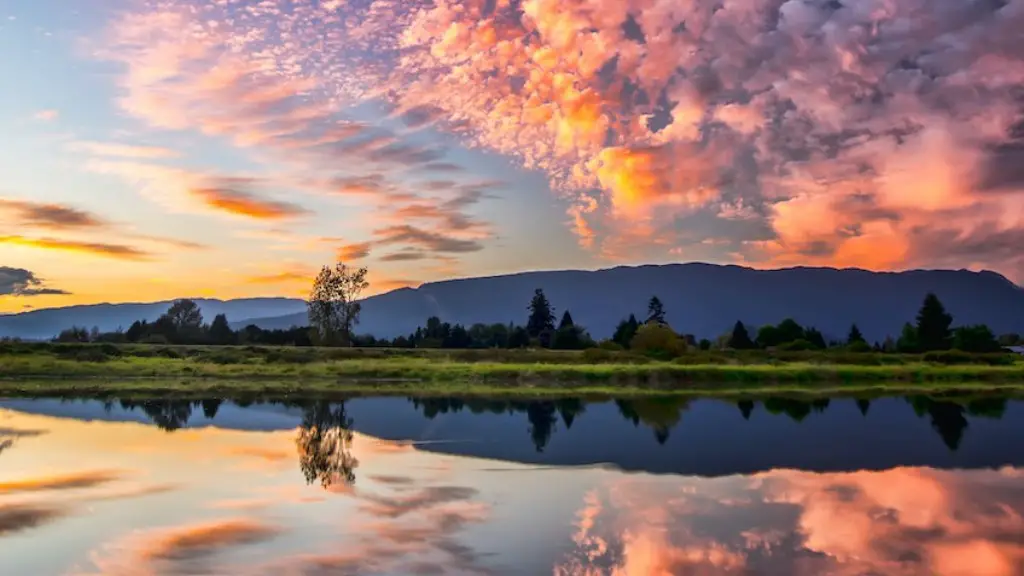Location
The Nile river is located in North-eastern Africa, and its basin covers portions of nine countries – Burundi, the Democratic Republic of the Congo, Egypt, Eritrea, Ethiopia, Kenya, Rwanda, South Sudan and Tanzania. The world’s longest river, the Nile rises in two parts, it does so from the traditional source situated in Burundi, near Nyungwe forest, which is a naturally special and ecologically diverse area along with the outlet of Lake Victoria. From there, it flows through Sudan and Egypt to its north-western corner, where its delta reaches the Mediterranean Sea. It plays an essential role in economic and cultural life in the countries it passes through, with its source, flowing water, and delta having had major developmental, engineering and agricultural projects carried out throughout the entire course of the river.
The Role of the Nile River
Nile is an important resource for the communities living along its banks. It is a source of fresh water, a lifeline for many farmers, and an essential means of transportation. The river’s fresh water has been continuously used for irrigation, agriculture, and fishing. It is responsible for up to 98 percent of the water consumed in Egypt, and nearly all the electricity produced in Sudan and Ethiopia. For the countries of Sudan and Egypt, the Nile is an essential lifeline, and its importance can be traced back to ancient times. The Nile is also home to many species of animals, from crocodiles and hippopotamuses to birds and fish, and it is a major source of food and drinking water for the people of the region. In addition, the Nile is a source of hydro-power, enabling electricity to be generated for countries including Sudan and Egypt.
Historical Influence
The Nile is closely connected to a long history and various civilizations. Ancient Egyptians relied heavily on the river for transportation and food, as well as for building materials. The ancient Greeks and Romans also viewed the Nile as a source of wealth, power, and abundance. In fact, the Pyramids of Giza and the Valley of the Kings both owe their existence to the river. The civilizations that lived along the banks of the river had an immense influence on the development of language and culture, arts, sciences, and literature. Even today, the Nile is still an important source of many aspects of life in the region.
The Nile in Modern Times
In modern times, the Nile continues to be an important source of life for millions of people in the region. Its waters are relied upon for agricultural, recreational and cultural activities and are used to generate hydroelectric power. There has also been an increase in tourism and commerce. An extensive water management system has been put in place and continues to be developed, to ensure that the river’s waters and resources are used responsibly.
Environmental Challenges
Today, the river’s health is being threatened by agricultural run-off, pollution, climate change, overpopulation and over-extraction of water. For example, pollutants from

